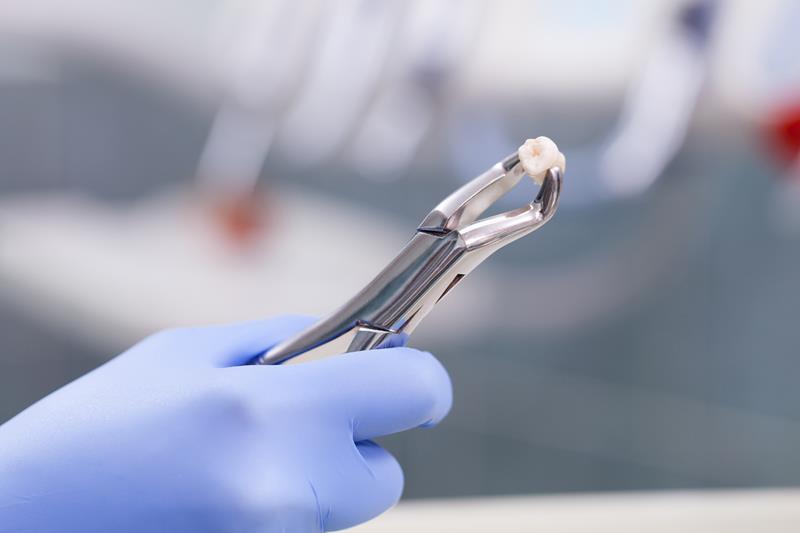
Wisdom Teeth Extractions: What You Need to Know
Wisdom teeth extractions are a common dental procedure, often recommended when these third molars cause discomfort or complications as they begin to emerge. In many cases, wisdom teeth become impacted, meaning they grow in at an angle instead of straight through the gums. This can lead to pain, crowding, or partial eruption.
When a wisdom tooth partially erupts, it can create a flap of gum tissue called an operculum. Food and bacteria can become trapped under this flap, leading to a painful infection known as pericoronitis. While this condition may resolve on its own, it often causes swelling and discomfort, and in many cases, extraction is the best long-term solution.
Book OnlineWhy Wisdom Teeth Are Removed
Wisdom teeth are typically extracted when:
- They are impacted or growing in at an angle
- They only partially erupt and cause gum irritation or infection
- They contribute to crowding or shifting of other teeth
- They are at risk of causing future dental problems
Depending on your situation, we may recommend removing one, several, or all four wisdom teeth at once.
The Extraction Process
Your comfort is our priority. Depending on your needs and preferences, you may receive:
- Local anesthesia to numb the area
- Sedation or general anesthesia for a more relaxed or completely asleep experience during the procedure
To remove the tooth, we begin by gently opening the gum tissue to access the tooth. In cases where the tooth is tightly impacted, it may be divided into smaller pieces for easier removal. Once the tooth is extracted, sutures—often dissolvable—may be placed to aid healing.
Aftercare & Recovery
After the procedure, rest is essential. Because of the anesthesia, you’ll need someone to drive you home. You may experience some bleeding at the extraction site—gauze will be applied after surgery, and you should change it as needed. If bleeding continues for more than 24 hours, contact our office.
Helpful recovery tips:
- Keep your head elevated when lying down to reduce bleeding
- Take prescribed pain medication as directed
- Apply an ice pack to reduce swelling
- Use any provided mouth rinse to gently clean the area
Eating After Surgery
Stick to soft, non-chewy foods for a few days. Good options include:
- Mashed potatoes
- Yogurt
- Pudding
- Gelatin
- Ice cream
- Thin soups
Important:
Avoid using straws or smoking, as the suction can dislodge the blood clot and delay healing.
If you experience excessive pain, bleeding, swelling, or signs that the extraction site isn’t healing properly, don’t hesitate to contact us for a follow-up.
